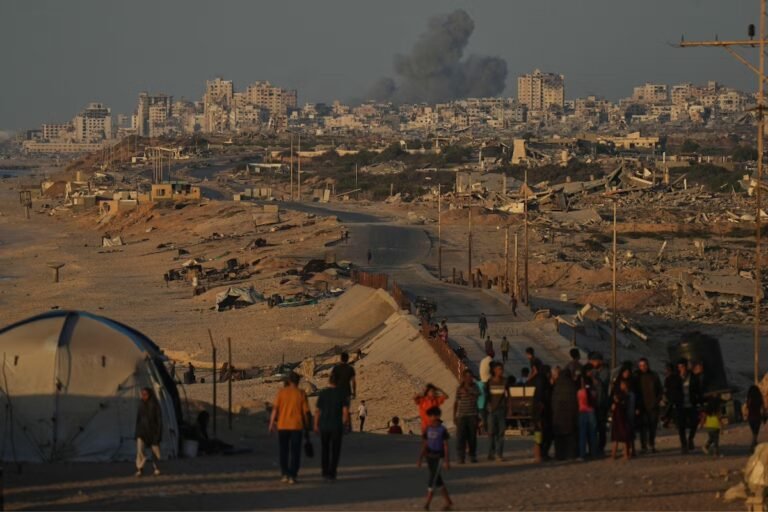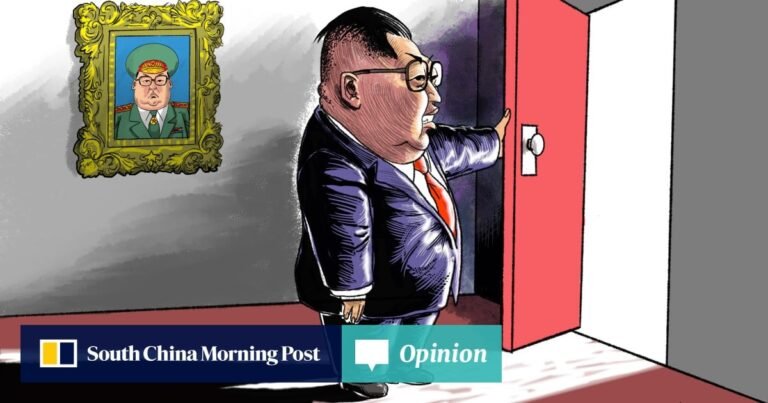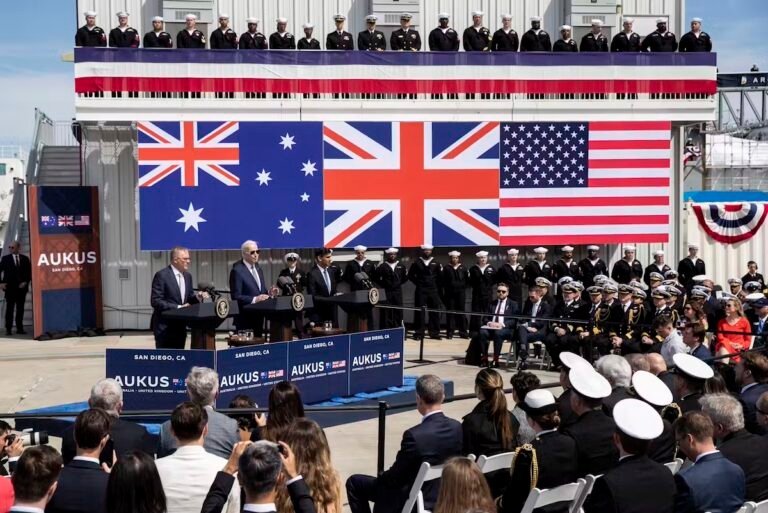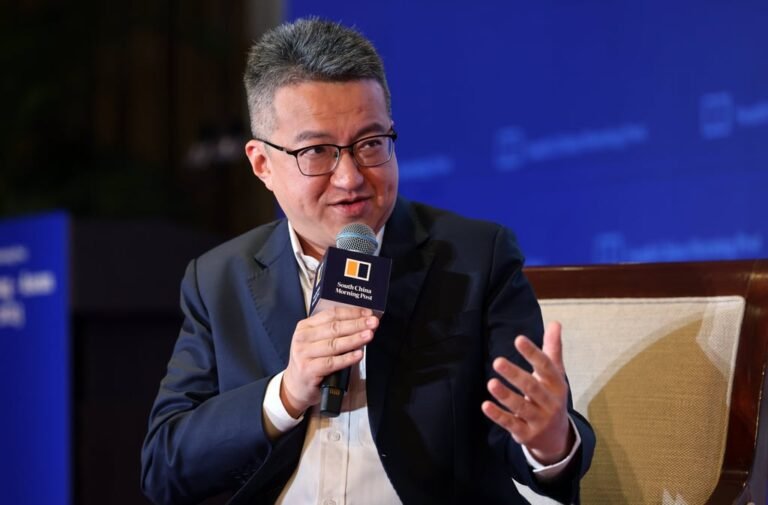Trump’s Bagram gambit is all about China
On September 20, 2025, US President Donald Trump warned on Truth Social that if Afghanistan “doesn’t give Bagram Airfield back … BAD THINGS ARE GOING TO HAPPEN!” Earlier that week at a London press event, the US leader described Bagram as “an hour away from where China makes its nuclear weapons.” While factually imprecise, the…
On September 20, 2025, US President Donald Trump warned on Truth Social that if Afghanistan “doesn’t give Bagram Airfield back … BAD THINGS ARE GOING TO HAPPEN!” Earlier that week at a London press event, the US leader described Bagram as “an hour away from where China makes its nuclear weapons.”
While factually imprecise, the message was unmistakable: Washington sees renewed value in a forward option on China’s western periphery, even if only as a coercive signal.
Kabul’s answer was immediate and categorical. A Taliban foreign ministry official dismissed the idea of a US return to Bagram, citing sovereignty and the Doha Agreement peace deal. Relinquishing the very airfield that symbolized America’s defeat would be political suicide for the Taliban regime; publicly, at least, there is no room for negotiation.
The strategic logic behind Trump’s threat is geography. Bagram lies about 64 kilometers (km) north of Kabul, roughly 480 km from the Wakhan Corridor, 780 km from Kashgar and nearly 1,875 km from Lop Nur, China’s historic nuclear test site.
The “one hour” claim is rhetorical, but the intent is clear: cast Bagram as a potential vantage point over Xinjiang and western China’s military infrastructure at a time when Beijing is rapidly modernizing its nuclear arsenal and command-and-control networks.
From such a base, US airborne intelligence, surveillance and reconnaissance (ISR) platforms could shrink response times over western China. That would impose on Beijing a two-front dilemma: its primary maritime challenge in the Pacific and a new continental threat on its western flank.
However, whether re-taking Bagram would materially improve US military options reveals enormous liabilities. In a narrow technical sense, continental ISR coverage could expand. But even sympathetic Pentagon voices concede that reoccupying Bagram would resemble a partial re-invasion.
It would require tens of thousands of troops, layered defenses against rockets and drones and robust air defense against theater-range missiles. Politically, the Taliban would never permit it and any cooperation would make Kabul appear a US proxy. Operationally, the base would be a permanent high-risk magnet, draining resources from other global commitments.
Crucially, most of the ISR gains Trump hints at are already being achieved elsewhere. The Space Development Agency’s proliferated satellite constellations, launched this year, dramatically expand US overhead coverage.
Long-endurance UAVs, quietly forward-based around the Indo-Pacific and Central Asia, can deliver sustained surveillance of China. These distributed networks provide flexibility and resilience without the baggage of a giant garrison in Taliban-controlled territory.
To be sure, Trump’s gambit is aimed squarely at Beijing. Even the remote possibility of a US ISR foothold near Xinjiang forces Chinese planners to hedge and complicates Beijing’s courtship of Kabul.
While China pushed ahead with the Wakhan Corridor Road (about 60% complete as of early 2025) and tried to revive the Mes Aynak copper project, its flagship Amu Darya oil deal with CAPEIC collapsed in August 2025.
Beijing responded to Trump’s Bagram remarks by saying it “respects Afghanistan’s sovereignty” and warning Washington not to “stoke tensions”—a sign that the message landed.
But coercive diplomacy has limits. If Washington makes threats it cannot—or will not—back up, the bluff will be called. An empty gesture risks reinforcing Taliban defiance and reassuring Beijing that US rhetoric is hollow.
That reputational cost extends beyond Kabul, potentially unsettling partners who rely on credible US commitments. It is vital to separate the symbol of Bagram from its strategic purpose.
If the goal is superior ISR over China’s interior, satellites, drones and quiet partnerships offer a more effective, less costly pathway. If the goal is leverage over Kabul and Beijing, the question is whether symbolic pressure yields real concessions like air corridor access, deniable intelligence sharing or constraints on Sino-Afghan cooperation.
Two scenarios are plausible. In the first, Kabul stands firm and Washington converts the threat into modest but tangible side deals. In the second, Washington escalates coercive measures short of force, testing Taliban red lines.
Neither scenario sees an American flag back on the Bagram runway, but both keep Beijing’s western flank in play.
As a signal, Trump’s Bagram gambit has already succeeded: it provoked a swift Taliban rejection, a formal response from Beijing and reintroduced a continental dimension into what has been a maritime-heavy rivalry.
As a strategy, success will depend on whether Washington can convert the symbolism into sustained intelligence advantages without stumbling back into the pitfall-laden Hindu Kush.
Ultimately, Trump’s Bagram shout is a signal to Beijing, not a strategy for Kabul. The real contest lies in satellites, drones and partnerships—not in repainting the tarmac of a war America already left behind.
Md Obaidullah is a visiting scholar at Daffodil International University, Dhaka. He is also a graduate assistant at the Department of Political Science, University of Southern Mississippi. He has published extensively with Routledge, Springer Nature and SAGE.
Obaidullah also regularly contributes to prominent platforms, including the LSE South Asia blog, The Diplomat, Asia Times, The Geopolitics, Modern Diplomacy, The Business Standard, Daily Observer, New Age and Dhaka Tribune. He can be reached at buobaidullah@gmail.com







